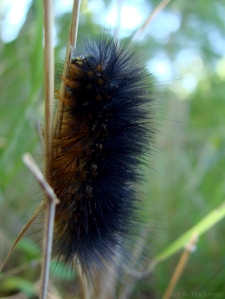Today I am answering RANDOM QUESTIONS FOUND IN MY BLOG SEARCH HISTORY. Just for fun.
Let’s get started.
do insects have legs on their abdomen
Nope. They have legs on their thorax.
what does dead lice look like
Pretty much like live lice.
do ants sting or pinch
Both, depending!
spider has how many legs
Eight.

how ants carry food
In their jaws or as liquid food stored in their crop.
is ladybug one word
Yep.
did you mean: black hairy spider with white face
…no?
what adaptations do fire ants have
Lots! One cool example is they can form living rafts of ants to survive floods.
do katydid nymphs sting?
Nope.
carpet beetles bite
Not people. They will wreck natural fibers and insect collections, though.
do carpenter ants live alone or with family?
With family.

a bug with six legs and looks like a lady bug
Sounds like a ladybug. 😀
…or it could be a mimic, taking advantage of the ladybug’s warning coloration. There are a number of beetles (and even spiders) that do this.
small bugs in bathroom
insects that live around the toilet
bug that eat toilet paper
silver bugs in bathroom
bathroom bugs tiny
little silver bugs in my bathroom
little bugs in bathroom
silver insect, bathroom
tiny little bugs in the bathroom
bugs in bathroom
Could be silverfish. Or…baby roaches?
silverfish with legs
Mostly a thing that is true, yes.
i found a weird insect in my bathroom how do i recogbize it
Try posting a picture to BugGuide’s awesome ID Request section. Or describing some recognizable features.
wasp or beetle?
I like beetles, personally.
different types of insects and their names with pictures
This is an excellent description of my blog!
6 legged reptile
That is definitely 2manylegs.
ant – mini spider queen
What.
show me a picture of a fuzzy worm
Okay.

That’s actually a caterpillar, though.
small bug 6 legs
Wow, that’s kind of…all of them. Here’s a cool one.
small jumping bugs
That could be a planthopper! Or a flea. Or a springtail. Or…a baby grasshopper. Or something else.
fire ants go to war with jumping spiders
That sounds awesome. O_O
Tags: Arachnids, Fun, Insects




























Recent Comments